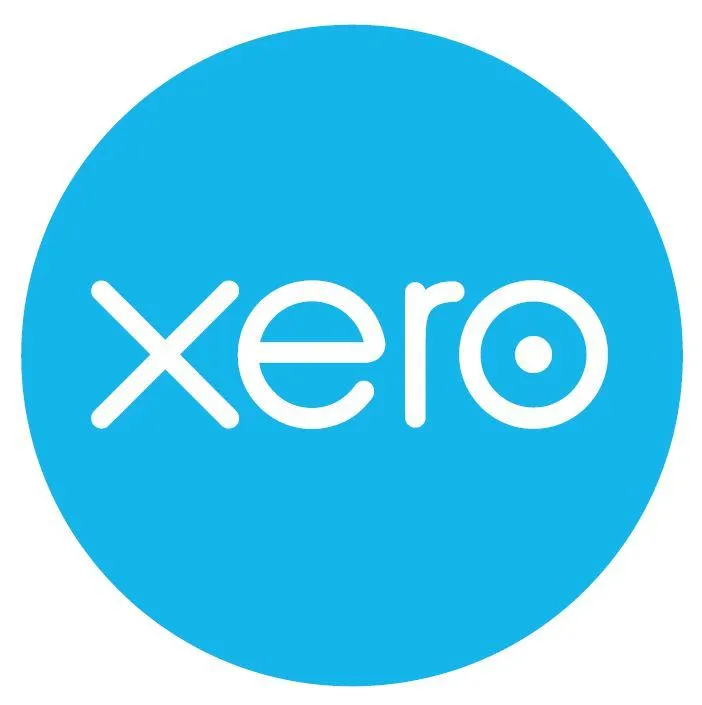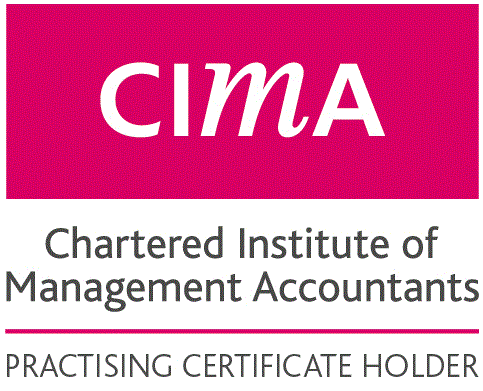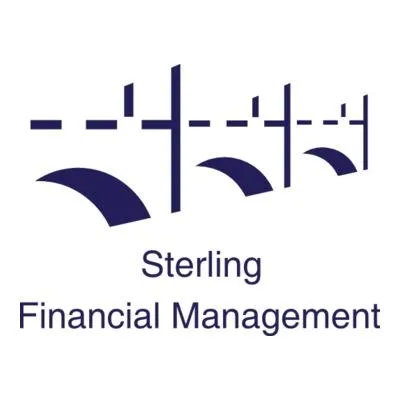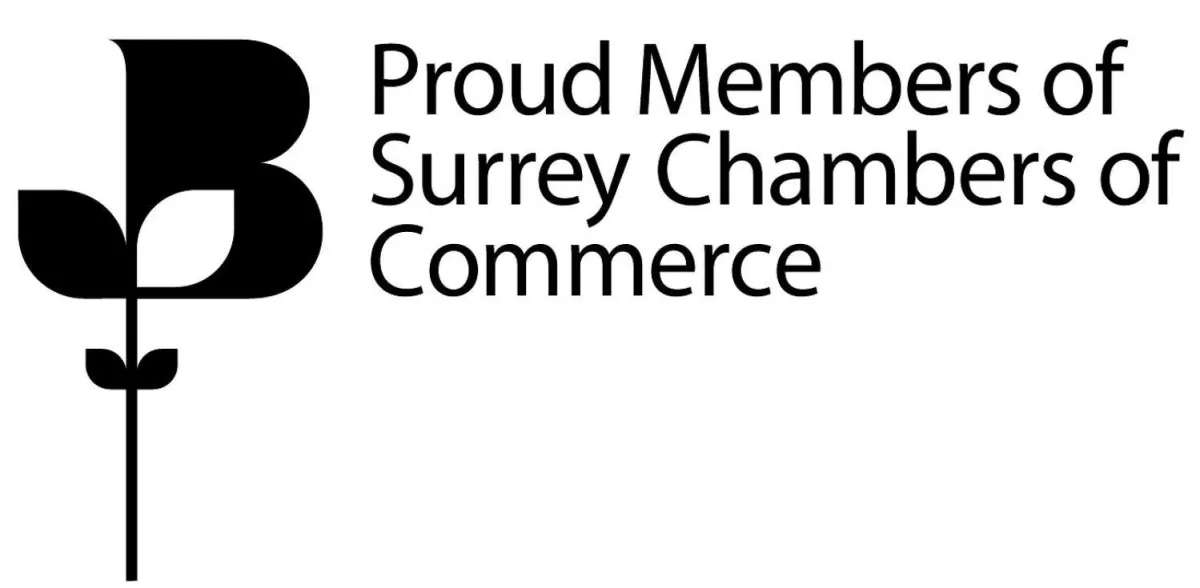

How to Create a Cashflow Forecast: A Step-by-Step Guide for Business Owners
Step-by-Step Guide to Completing a Cashflow Forecast
Managing cash flow effectively is one of the most important aspects of running a business. Without a clear understanding of when money will be coming in and going out, you risk running into financial difficulties, even if your business is profitable. This is where a cashflow forecast becomes invaluable.
A cashflow forecast is a financial planning tool that helps you predict your business’s future cash position. This blog will take you through the process of creating one, step by step, ensuring you have the clarity needed to make the right decisions and maintain financial stability.
What is a Cashflow Forecast and Why Does It Matter?
A cashflow forecast is an estimate of the money your business expects to receive and pay over a given period, typically covering months or a full financial year.
Why is a Cashflow Forecast Important?
Prevents cash shortages – Helps you anticipate periods of low cash flow and take proactive measures.
Facilitates better decision-making – Gives you a clearer picture of your financial position before making investments or hiring staff.
Improves funding opportunities – Investors and lenders often require a cashflow forecast before approving loans.
Ensures business stability – Helps you meet financial obligations like payroll, supplier payments, and tax liabilities.
Now, let’s walk through the steps of creating a reliable cashflow forecast.
Step 1: Collect Essential Financial Data
To create an accurate forecast, you need a clear picture of your current financial situation. Gather the following:
Bank statements – Review past transactions to identify income and expenses trends.
Invoices and sales records – Understand when and how money is coming into your business.
Fixed and variable expenses – Identify recurring costs such as rent, payroll, utilities, and supplies and also one-off costs like machinery.
Supplier payment terms – Determine when payments are due.
Tax obligations – Include VAT, PAYE, and Corporation Tax payments.
Having all this data ready will make forecasting easier and more accurate.
Step 2: Estimate Your Cash Inflows
Cash inflows represent all the money coming into your business. Be realistic about these projections to avoid overestimating future income.
Common Cash Inflow Sources:
Sales revenue – Base this on historical data, seasonal trends, and market conditions.
Customer payments – Consider payment terms (e.g., 30, 60, or 90 days) to estimate when you will receive funds.
Loans or investment funds – If applicable, include expected financing or investment contributions.
Government grants or financial assistance – If eligible, factor in any funding you may receive.
Asset sales – Include any expected revenue from selling equipment or inventory.
Step 3: Identify and Record Your Cash Outflows
Cash outflows include all payments your business makes. Categorising them will help you understand and manage expenses effectively.
Types of Cash Outflows:
Fixed costs – Rent, salaries, insurance, and loan repayments.
Variable costs – Raw materials, stock purchases, and advertising costs.
One-off expenses – Equipment purchases, repairs, or legal fees.
Tax payments – Corporation Tax, VAT, and PAYE obligations.
The more detailed your breakdown, the more accurate your forecast will be.
Step 4: Calculate Your Net Cashflow
With your cash inflows and outflows recorded, the next step is to determine your net cashflow:
Formula:
Net Cashflow = Total Cash Inflows - Total Cash Outflows
A positive net cashflow means you have excess cash to reinvest or save.
A negative net cashflow indicates a potential shortfall, requiring adjustments such as reducing expenses, securing additional funding, or improving invoice collection.
Forecast your net cashflow month by month to identify trends and potential cash crunches.
Step 5: Regularly Monitor and Adjust Your Forecast
A cashflow forecast isn’t something you create once and forget. It should be reviewed and updated regularly to reflect changes in your business.
Best Practices for Updating Your Forecast:
Review it monthly – Adjust for late payments, unexpected expenses, or new revenue streams.
Account for seasonal fluctuations – Consider slow or peak periods and plan accordingly.
Monitor overdue invoices – Ensure customers are paying on time to maintain healthy cashflow.
Make use of accounting software – Tools like Xero, QuickBooks, or FreeAgent can help automate updates and provide real-time insights.
How an Accountant Can Help
While it’s possible to create a cashflow forecast yourself, an accountant can provide expert insights, ensuring accuracy and efficiency (whilst saving you a headache). Here’s how working with an accountant can benefit you:
Expert forecasting – They use industry knowledge and trends to create more precise predictions.
Time savings – Freeing you up to focus on growing your business rather than handling complex financial planning.
Proactive financial management – Identifying potential cashflow risks early and advising on solutions.
Tax planning – Ensuring tax obligations are factored in accurately, avoiding unexpected bills.
If you want to ensure your business remains financially secure, professional support can make a significant difference.
Take Control of Your Cashflow
A cashflow forecast is one of the most underrated financial tools for any business. It provides detailed insights that help you manage cash the right way, avoid financial difficulties, and make calculated business decisions.
If you need assistance in setting up an accurate cashflow forecast, we are here to help. Our expert accountants can provide tailored forecasting solutions, helping you stay in control of your business finances.
Book a free consultation today to discuss your cashflow forecasting needs.

FREE DOWNLOADS
A-Z of allowable business expenses
Download your A-Z guide of allowable business expenses.
Financial Housekeeping For Your Small Business
Download your guide to Financial Housekeeping For Your Small Business - ideal for start ups and early stage businesses
How to Scale Up your Business: Tips and Strategies for Success
Download your guide to How to Scale up your Business - ideal for slightly more established businesses that want to grow and scale their business
Don't want the guide?
But do want our regular email filled with tips and insights into business and how to maximise profit and grow your business?
Click here

Ready to take the stress out of finance?

Not quite ready to commit to a long term contract ? Book a value packed Power Hour for now at £180 Inclusive of VAT.






© 2023 All Rights Reserved | Sterling Financial Management Reg No 9780783,
Accounting, Bookkeeping and Business Advisory in Dorking Surrey RH4 2JF